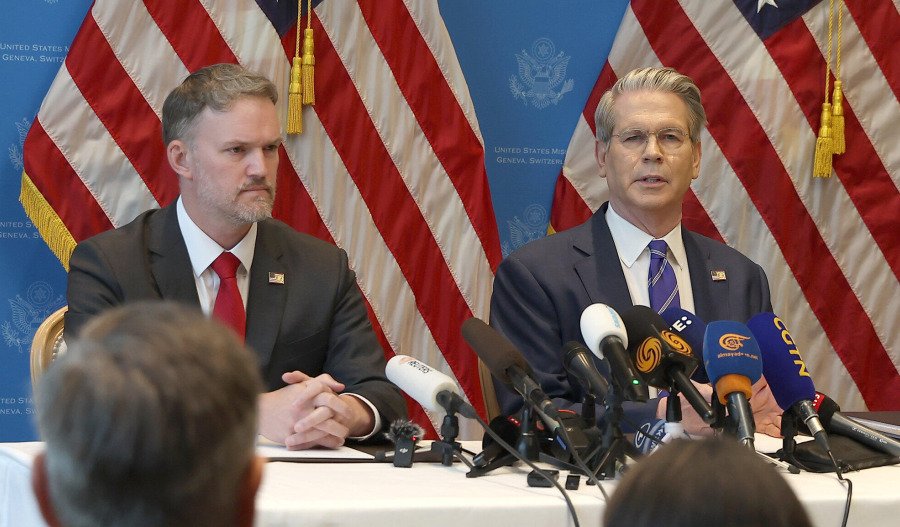China’s consumer prices fell for the fourth straight month in May amid persistent weakness in domestic demand and intensifying concerns about deflation in the world’s second-largest economy.
According to data released Monday by the National Bureau of Statistics, the consumer price index (CPI) fell 0.1% year-on-year in May.
This was a slight improvement from earlier months, but still marked another month in negative territory. Analysts had expected a steeper drop of 0.2%.
Producer prices, meanwhile, continued their descent. The producer price index (PPI), which tracks prices at the factory gate, dropped 3.3% in May compared to the same period last year.
The decline was deeper than market expectations and marks the 20th consecutive month of contraction.
The prolonged disinflationary trend comes despite Beijing’s efforts to stimulate the economy. In early May, Chinese authorities implemented a suite of measures aimed at boosting activity, including a 10 basis point cut to benchmark interest rates and a 50 basis point reduction in banks’ reserve requirement ratio.
Year-on-year, food prices fell 0.4%, while non-food prices remained flat. Within food, fresh vegetables fell 8.3%, eggs dropped 3.5%, and grain prices decreased by 1.4%. Pork prices rose 3.1% over the year.
Meanwhile, in a separate release, China’s export growth fell short of expectations in May, as customs data showed exports rose 4.8% year-on-year in U.S. dollar terms, slightly below the 5% increase expected.
The modest growth came amid a 90-day suspension of new U.S. duties, which analysts had expected would boost short-term export activity.
However, the data also revealed a sharper-than-expected contraction in imports, which fell 3.4% in May from a year earlier. That decline significantly exceeded projections of a 0.9% drop and underscored persistent weakness in domestic demand.
Looking ahead, focus now shifts to international diplomacy as Chinese Vice Premier He Lifeng prepares to meet U.S. Treasury Secretary Scott Bessent in London later this week for high-level trade talks.



